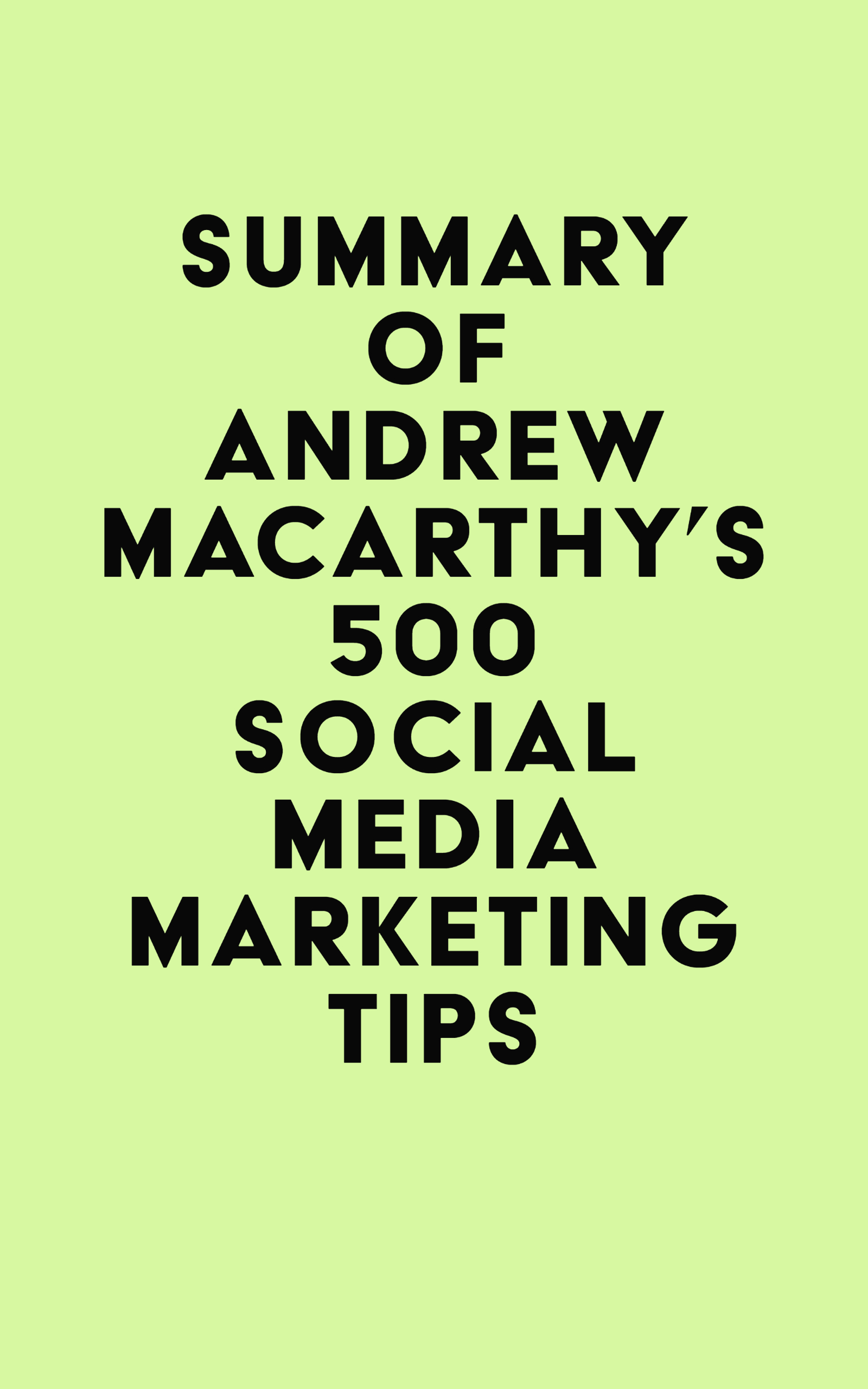Few scientific developments in recent years have captured the popular imagination like the subject of’biodegradable’ plastics. The reasons for this are complex and lie deep in the human subconscious. Discarded plastics are an intrusion on the sea shore and in the countryside. The fact that nature’s litter abounds in the sea and on land is acceptable because it is biodegradable - even though it may take many years to be bioassimilated into the ecosystem. Plastics litter is not seen to be biodegradable and is aesthetically unacceptable because it does not blend into the natural environment. To the environmentally aware but often scientifically naive, biodegradation is seen to be the ecologically acceptable solution to the problem of plastic packaging waste and litter and some packaging manufacturers have exploited the ‘green’ consumer with exaggerated claims to ’environmentally friendly’ biodegradable packaging materials. The principles underlying environmental degradation are not understood even by some manufacturers of ‘biodegradable’ materials and the claims made for them have been categorized as ‘deceptive’ by USA legislative authorities. This has set back the acceptance of plastics with controlled biodegradability as part of the overall waste and litter control strategy. At the opposite end of the commercial spectrum, the polymer manufacturÂ- ing industries, through their trade associations, have been at pains to discount the role of degradable materials in waste and litter management. This negative campaign has concentrated on the supposed incompatibility of degradable plastics with aspects of waste management strategy, notably materials recycling.












